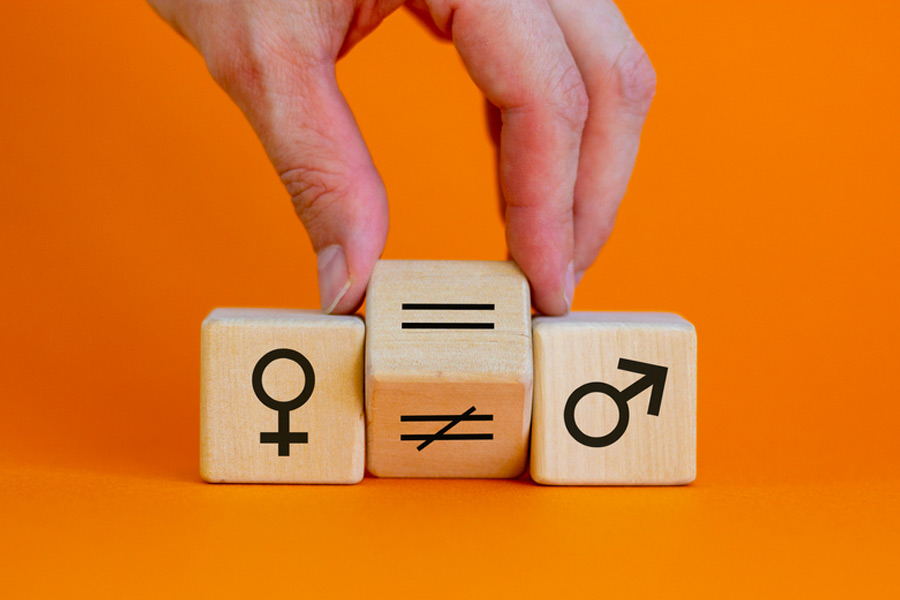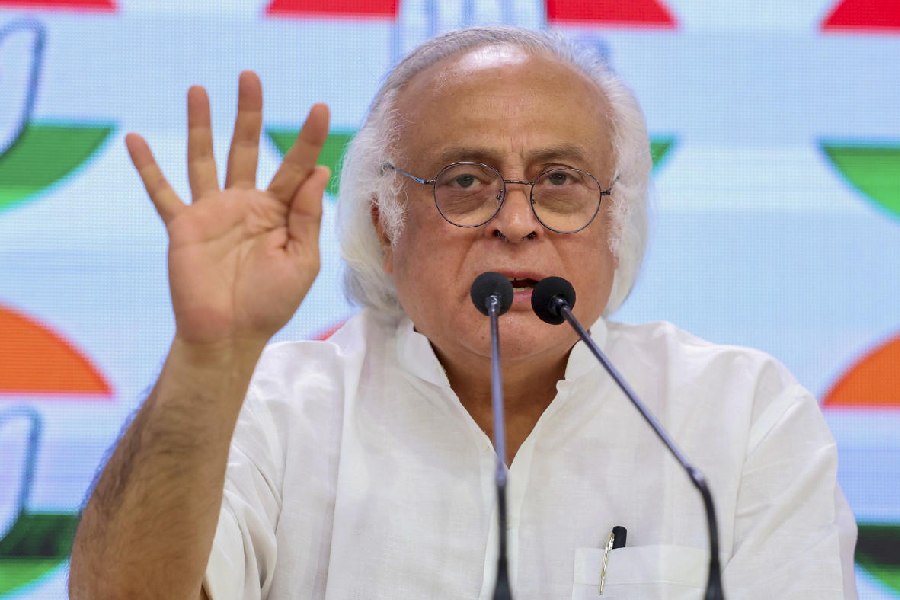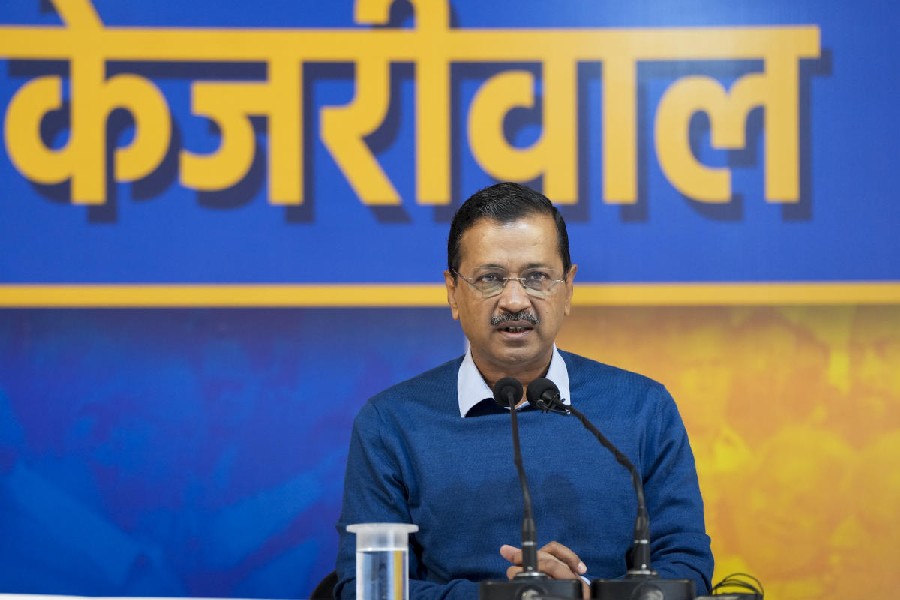India suffered large but unequal declines in life expectancy during the Covid-19 pandemic, a new study has suggested, flagging evidence for previously undocumented impacts of gender and social inequities on the Covid-19 death toll.
The study by Indian-origin researchers in the UK and the US has estimated 1.19 million excess deaths in 2020, the pandemic’s first year, or about eight times the government’s count for 2020. The findings also suggest that the pandemic exacerbated inequities in population health.
The researchers, who relied on data from the Union health ministry’s National Family Health Survey (NFHS) 2019-21, have found that the loss in life expectancy among women during 2020 was one year more than the loss among men.
The life expectancy decline in upper-caste Hindus was 1.3 years, while it was 2.7 years in the Scheduled Caste (SC), 4.1 years in the Scheduled Tribe (ST) and 5.4 years in Muslim population groups, according to the study published on Friday in the journal Science Advances.
“Even before the pandemic, marginalised social groups had lower life expectancy
— the pandemic increased the gap between the privileged social groups and marginalised social groups,” said Aashish Gupta, a demographer and sociologist at
the University of Oxford who co-led the study.
The greater mortality in women in India contrasts with the global pattern of greater increase in mortality during Covid-19 in men than in women. Between 2019 and 2020, the life expectancy decreased for men by 2.1 years but decreased for women by 3.1 years in India.
“Such a large female disadvantage in the impact of the pandemic as observed in India has not been documented in any country,” Gupta and his colleagues said in their study, speculating that the findings likely reflect gender inequity or discrimination against girls and women. Multiple studies in the past have suggested that households in India spend less on healthcare for women than for men.
The researchers said the life expectancy losses among marginalised population groups in India are similar or greater in absolute magnitude than the losses experienced by Blacks, Hispanics or Native Americans in the US during the pandemic.
“The data has revealed mortality patterns not observed in most other places in the world,” Sangita Vyas, a development economist at the City University of New York in the US and study team leader, told The Telegraph: “These include greater mortality among women than among men and higher mortality in young people than seen in other countries.”
Vyas said the NFHS data does not contain information that would allow researchers to probe why life expectancy losses were higher among women than among men or among marginalised groups than in the general population.
“It could have been disparities in access to healthcare, in economic circumstances, or occupational exposure, or behaviour — we need more research to disentangle these factors,” Vyas said.
The study has also estimated 1.19 million excess deaths during 2020 or eight times higher than the health ministry’s documented Covid-19 death toll of around 1,52,000 during 2020. India experienced its more ferocious Covid-19 wave in 2021 driven by the delta variant.
“While a mortality surge caused by the delta variant in 2021 received more attention, our study reveals significant and unequal mortality increases even earlier in the pandemic,” said study team member Ridhi Kashyap, professor of demography and computational social sciences at Oxford.
The Oxford team with collaborators in Germany and the US used a subsample of data from the NFHS 2019-21 to estimate the change in mortality experience as reported by households between 2019 and 2020.
The subsample included households from 14 states, representing about 23 per cent of India’s population, interviewed for the NFHS survey during 2021. Among dozens of other queries, respondents were also asked about deaths in the household during 2019 and 2020.
India’s health ministry on Saturday said the study is “methodologically flawed and shows results that are untenable and unacceptable.” The ministry said the 23 per cent households in the analysis in 14 states cannot be considered representative of the country.
“The other critical flaw is related to possible selection and reporting biases in the included sample due to the time in which these data were collected, at the peak of the Covid-19 pandemic,” the ministry added in a statement.
The ministry has in the past similarly trashed other studies that had estimated higher levels of excess deaths in India during the pandemic than the government’s official counts, including one led by the World Health Organisation two years ago. The WHO analysis had estimated 4.7 million excess deaths in India during 2020 and 2021, or 9.8 times India’s count of 4,81,000.
However, even government researchers, including from the All India Institute of Medical Sciences, New Delhi, have generated evidence that India’s Covid-19 death toll was much higher than official counts. One study published in the Journal of Global Health in May this year estimated 7,94,989 excess deaths in 2020, five times the official Covid-19 death toll in 2020.
Anand Krishnan, the professor of community medicine at AIIMS, New Delhi, said the new study’s use of the subsample of NFHS data to estimate excess deaths is a “sound approach,” but the extrapolation from 14 states to the entire country may translate into an overestimate.
“Blaming differences in life expectancy losses across gender and population groups to historical disadvantages is a lazy explanation,” Krishnan said. “Although supported by the data, this needs closer scrutiny, we need clarity on whether historical disadvantages did worsen and why.”
Krishnan also said the excess deaths in the young appears counterintuitive. A high number of deaths in people below 19 years is difficult to explain. The only possible explanation is that these were indirect deaths due to inadequate access to healthcare or due to the lockdown but this needs to be supported by data.











